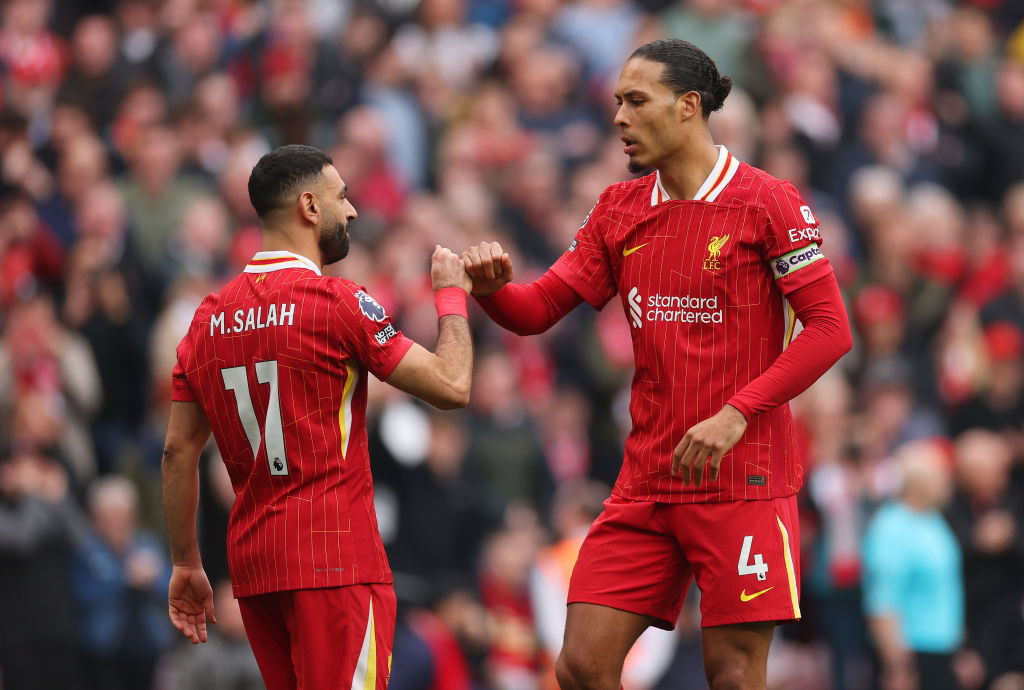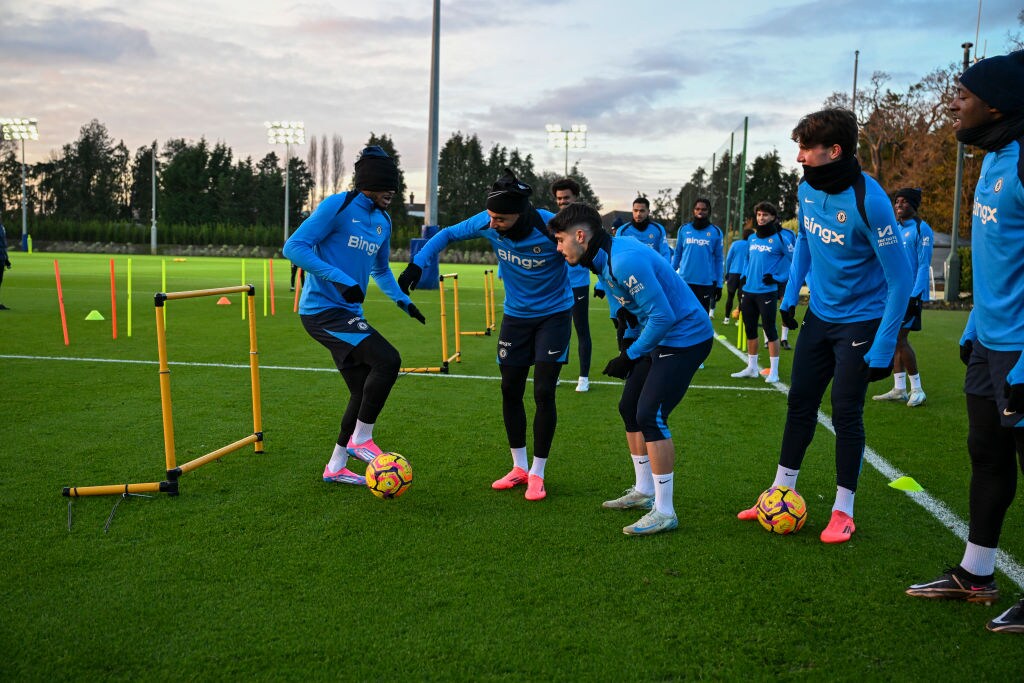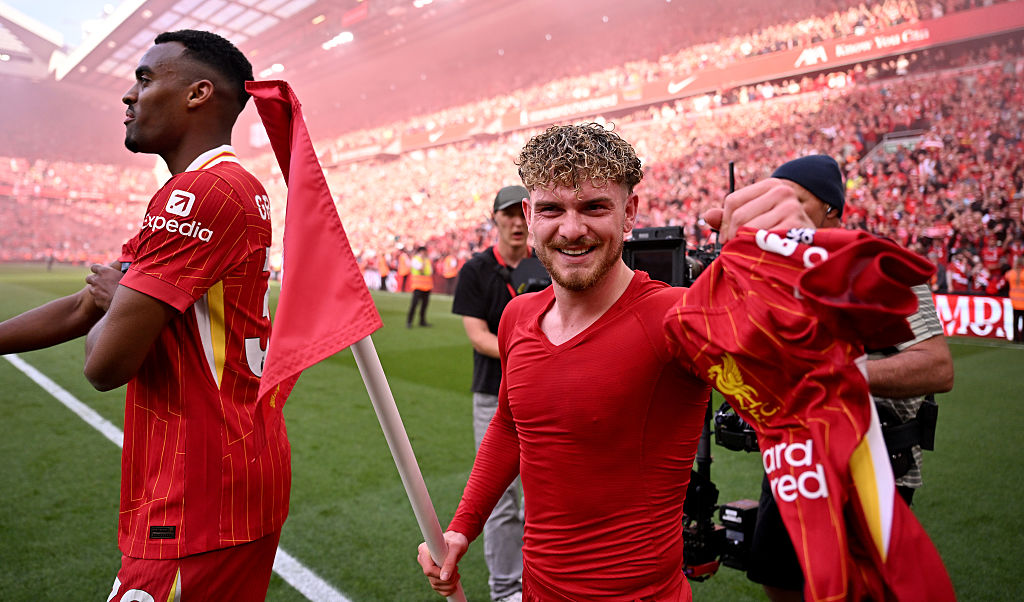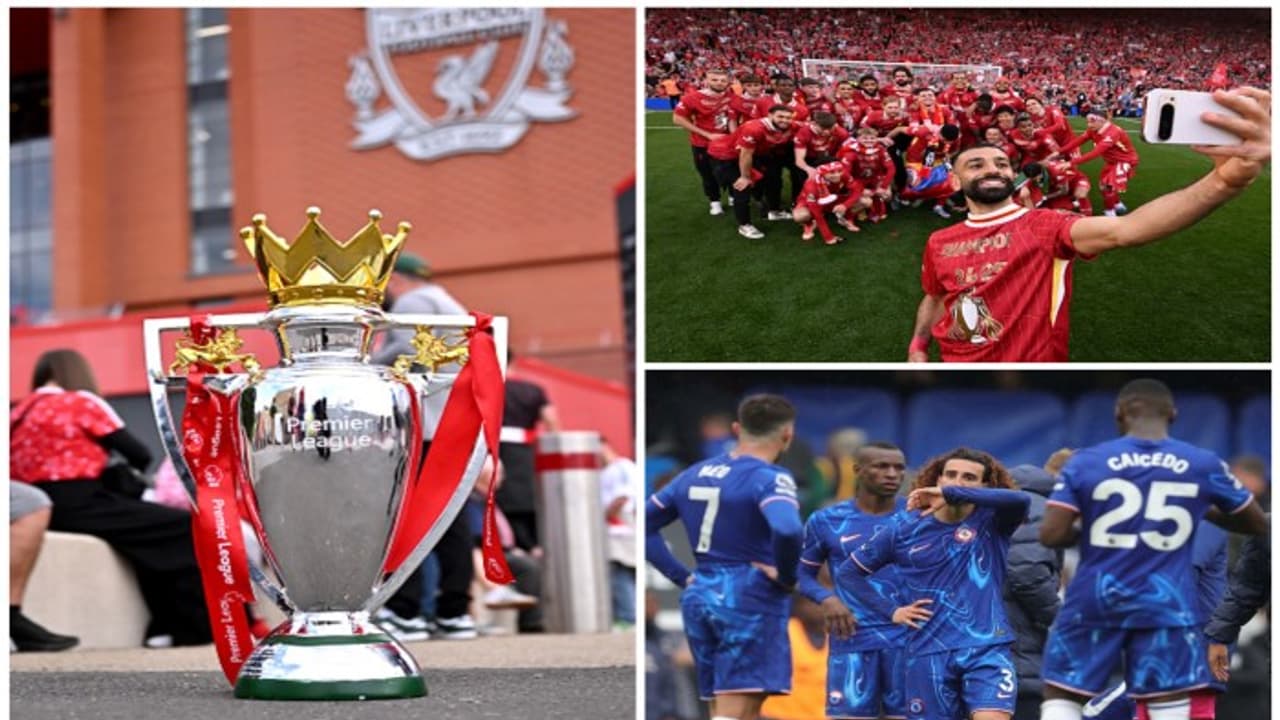While Liverpool have returned to the top of English football without making a single starting summer signing, Chelsea’s billion-pound outlay under Todd Boehly and Clearlake Capital has left them scrambling for Champions League relevance.
In the ever-volatile world of modern football, two of England’s most high-profile clubs — Liverpool and Chelsea — have taken drastically different paths in pursuit of success. One, a model of strategic stability and efficient recruitment; the other, a symbol of excess spending and erratic decision-making. While Liverpool have returned to the top of English football without making a single starting summer signing, Chelsea’s billion-pound outlay under Todd Boehly and Clearlake Capital has left them scrambling for Champions League relevance. This contrast offers a valuable case study in football management — and a host of lessons Chelsea would do well to learn from their more methodical Merseyside counterparts.

1.Strategic Patience Over Transfer Market Frenzy
Liverpool’s title win without a single summer signing starting in the league – echoing their 2019-20 season – underlines a key lesson: quality and continuity can outshine quantity and chaos. Chelsea, by contrast, have spent over 1.2 billion pounds under Todd Boehly and Clearlake Capital with little to show in terms of success or squad cohesion.
Lesson for Chelsea: It’s better to sign no players than the wrong ones. The strategy should focus on meaningful acquisitions for specific roles rather than hoarding young talents in hope of future value.
2.Recruitment for Roles, Not Just Talent
Liverpool's transfer model emphasizes role-specific signings. Their midfield rebuild post-Caicedo and Lavia transfer rejection centered on Mac Allister, Szoboszlai, and Gravenberch – all players identified for defined functions. Conversely, Chelsea's scattergun approach has seen several players signed without a clear plan or pathway.
Lesson for Chelsea: Recruitment must be driven by tactical and structural needs rather than opportunism or market hype. Players like Joao Felix, Nkunku, and Dewsbury-Hall have looked more like misplaced puzzle pieces than vital cogs in a functioning system.
3.Leadership and Squad Balance Matter
Liverpool’s spine features experienced winners like Alisson, Virgil Van Dijk, and Mohamed Salah – players who define games and inspire teammates. Chelsea’s youthful side lacks such presence, both in terms of leadership and on-pitch authority.
Lesson for Chelsea: A dressing room devoid of leaders struggles in tough moments. Sprinkling experience among youth is crucial to developing both individual players and a winning mentality.

4.Fewer Decisions, Better Decisions
Under FSG and Michael Edwards, Liverpool maintained a culture of calculated decision-making. One sporting director, one managerial appointment in Arne Slot. Meanwhile, Chelsea have churned through six managers in three years and cycled through sporting leadership.
Lesson for Chelsea: Stability breeds success. The constant change in management, both on and off the pitch, has undermined any hope of consistent progress or coherent identity.
5.Focus on Development, Not Just Acquisition
Chelsea have become synonymous with stockpiling young talent. Many – such as Casadei, Ugochukwu, Fofana, Slonina – have either stagnated, been loaned out without clarity, or sold without fulfilling potential. Liverpool, on the other hand, develop players within a framework that facilitates growth (e.g., Harvey Elliott, Curtis Jones).
Lesson for Chelsea: Buying talent is only half the job. Without a structured development plan, even the brightest prospects can fade into obscurity.

6.Financial Ingenuity Must Support Footballing Clarity
Chelsea’s recent 128.1 million-pound profit came from creative accounting and the sale of their women’s team. Prior profits were padded by internal hotel transactions. While financially nimble, the footballing strategy remains muddled. Liverpool, despite a bigger wage bill, have used their resources more wisely, securing core players like Salah and Van Dijk's contract while keeping bonuses performance-related.
Lesson for Chelsea: Financial sustainability should go hand-in-hand with football clarity. A reduced wage bill means little if it accompanies a bloated and directionless squad.
7.Signing Stars vs. Building Teams
Chelsea’s marquee signings have rarely functioned as a cohesive unit. Despite the star power, there’s no defined style or chemistry. Liverpool, in contrast, build teams where signings complement each other and serve a bigger system.
Lesson for Chelsea: Star players win headlines; balanced teams win games. Tactical compatibility should take precedence over individual flair.
8.Youth Alone Is Not a Strategy
Long contracts until the 2030s and heavy investment in under-23 players signal Chelsea’s bet on the future. But youth alone doesn’t yield results without mentorship, direction, and defined roles. Liverpool’s mix of youth and experience proves more effective.
Lesson for Chelsea: Betting on potential is risky if not nurtured correctly. Development requires structure, leadership, and time – none of which Chelsea’s current model guarantees.

9.Champions League Absence Has Consequences
Liverpool’s transfer targets are influenced by their standing in Europe. Players like Mac Allister joined a project with immediate rewards. Chelsea, despite their allure, may find it harder to attract top talents if they miss the Champions League for a third consecutive year.
Lesson for Chelsea: Selling a dream works only so long. Delivering on it – by winning and qualifying for Europe – is essential to sustain long-term recruitment and relevance.
Liverpool’s model is not perfect, but it is consistent, focused, and largely successful. Chelsea’s current trajectory – marked by erratic transfers, managerial instability, and squad dysfunction – offers a cautionary tale.
If Chelsea are to return to the summit of English and European football, they must learn to value cohesion over chaos, clarity over clout, and strategy over spending.


